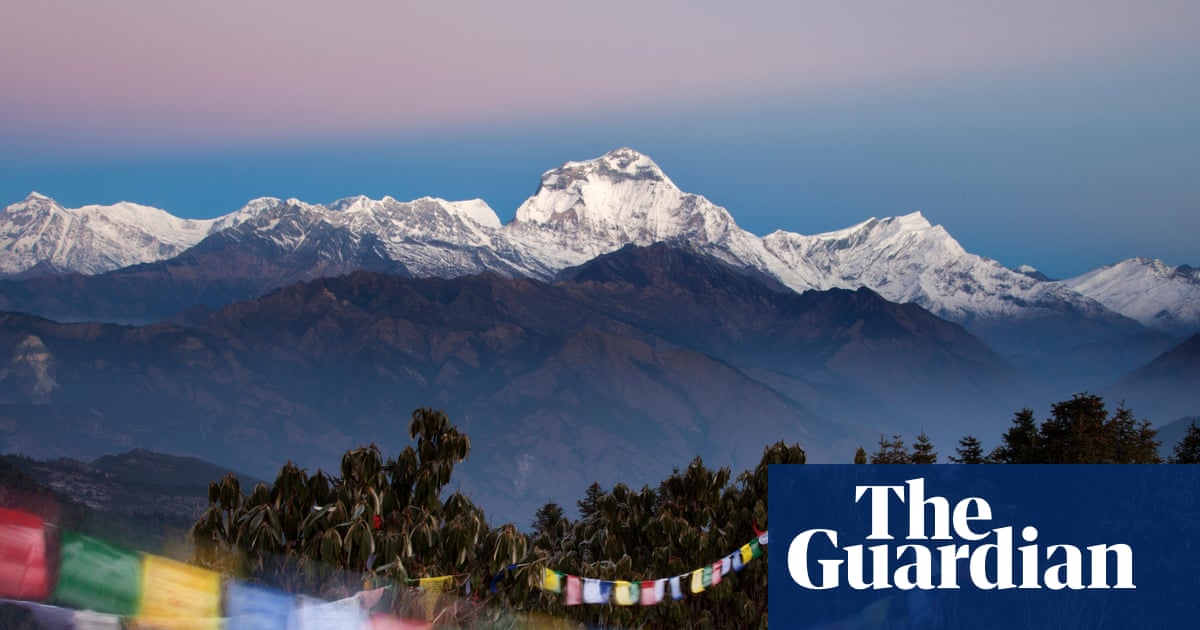
"Nor did he have any obvious wisdom to impart; at the last of their three meetings, he and Carlisle mainly got stoned and giggled about the chicken-like patterns on a cushion she had brought him as a gift. Yet, after leaving, she felt a yearning for something that they had shared: a sense that there could be a more noble way of living, or that we could experience transcendence, a higher perspective on life."
"Liberated from time, you can see life under the aspect of eternity' While we are living our own life, it is a flowing, varied and incomplete thing. We are immersed in it, as if in a river. New experiences flood in on us or rain down like a shower of atoms, as Virginia Woolf wrote. But we cannot generally step out of the temporal flow to get a more elevated view of the entire shape and meaning of our experience."
A walker on a Himalayan path met a holy man living in a cave halfway up the mountain. The holy man did not fit the stereotypical image: he wore trousers and an acrylic pullover and offered no obvious wisdom, and their final meeting involved getting stoned and laughing over a cushion’s chicken-like patterns. After leaving, the walker felt a yearning for a more noble way of living and the possibility of transcendence or a higher perspective. The encounter became the springboard for six linked meditations that move from the Himalayan episode to reflections on biography and human perspective, contrasting the immersed, temporal experience of life with the biographer’s view that, liberated from time, life can be seen under the aspect of eternity.
Read at www.theguardian.com
Unable to calculate read time
Collection
[
|
...
]